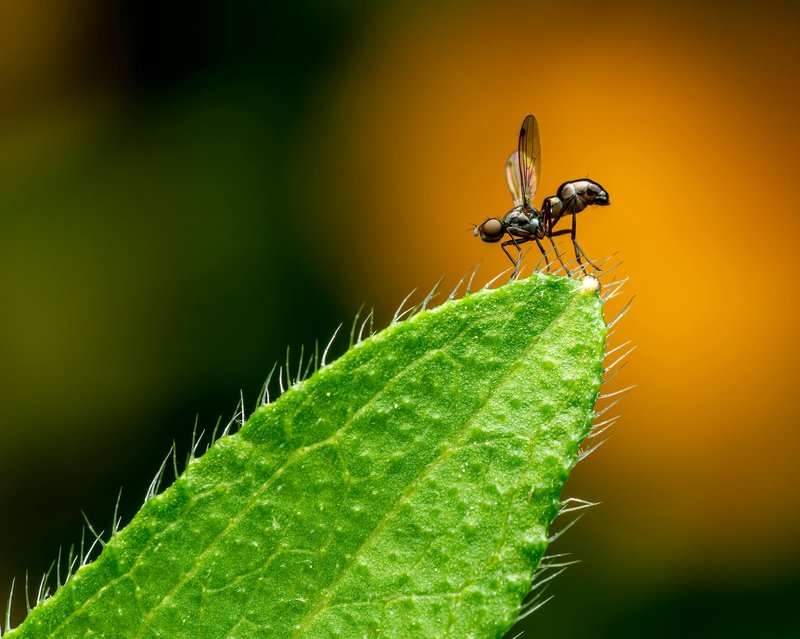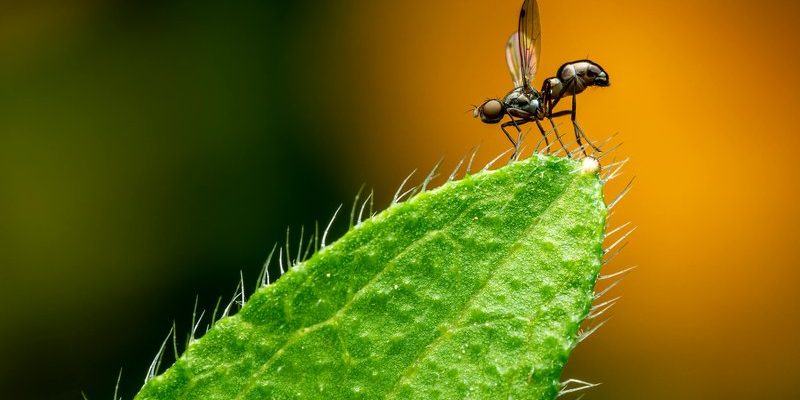
Imagine you’re at a party, and everyone is mingling. You wouldn’t just grab the first person you see to be your dance partner, right? You’d look for someone who fits your vibe. That’s exactly how botflies operate, but instead of searching for a dance partner, they’re on the hunt for a suitable host. This host will provide everything they need for their larvae to grow. So, let’s dive deeper into this intriguing process and learn how botflies find and choose their victims.
What Are Botflies?
Botflies are a type of fly belonging to the family Oestridae. They can be found in various parts of the world, particularly in tropical and subtropical regions. What’s fascinating about these flies is their unique life cycle, which involves a larval stage that develops inside the body of a host, usually mammals like rodents, deer, or even humans.
These little critters can vary in color and size, but most have a distinctive appearance with a short lifespan of about 10 days. During this time, their primary focus is finding a host for their larvae. Now, you might be wondering, how do they actually pull that off?
The Selection Process
Botflies have a rather sophisticated method for selecting their hosts. Just like how you might pick a dish at a buffet based on what looks most appetizing, botflies also evaluate their options carefully. They do this by relying on a combination of scent, movement, and environmental factors.
First, they seek out potential hosts by detecting chemicals emitted by animals. These chemicals signal the presence of warmth, carbon dioxide, and specific scents. Think of it as using a radar system to home in on a target. Once they sense a potential host, they can still be picky about which animal they choose.
When a botfly hovers near a host, it’s not just randomly landing; it’s assessing factors like age, health, and species. Some botflies prefer young or sick animals, while others might go for stronger, healthier ones. This doesn’t just add a layer of strategy; it also ensures that the larvae have the best chance of survival.
How Botflies Use Their Eggs
Once a botfly has identified its target, the next step is depositing its eggs. This might sound straightforward, but there’s a little more to it. Female botflies often have a clever trick up their sleeves. They might lay their eggs on the skin of a host, or they can even use a different insect to transport the eggs to a suitable animal.
For example, a female might lay her eggs on a mosquito. When the mosquito bites the intended host, the botfly eggs can then enter the host’s skin. It’s a bit like sending a care package via a courier service! This method not only increases the likelihood that the eggs will hatch in a safe environment but also allows the botfly to be more selective in host selection.
The Life Cycle of Botfly Larvae
Once inside the host, botfly larvae begin their development. They feed on the host’s tissue, but here’s the catch: they usually don’t kill their host because that would defeat their purpose. Instead, they create a sort of “cocoon” or hole in the host’s skin, allowing for easy access to oxygen while they grow. It’s a delicate balance—getting what they need while keeping their host alive, which is crucial for their survival.
As the larvae grow, they can cause irritation and discomfort to the host. You might think of it as that annoying itch you just can’t scratch. This discomfort often leads the host to try and groom or scratch themselves, which can help the larvae find their way out when they’re fully developed.
Why Host Selection Matters
The process of selecting the right host is vital for the survival of botflies and their larvae. If a botfly were to choose an unsuitable host, the larvae might not thrive, or worse, they could die before fully developing. This is why their selection process is so intricate.
From an ecological perspective, botflies play a role in controlling animal populations. They’re not just mindless parasites; they contribute to the balance of ecosystems. By targeting specific animals, they can impact the health of various species, creating a ripple effect throughout the ecosystem.
In a way, it’s a wild dance of life where every participant plays a role—both botflies and their hosts have evolved ways to interact that are crucial for their ongoing survival.
Human Encounters with Botflies
While botflies primarily target animals, there are instances where they can inadvertently affect humans, especially in areas where they are prevalent. If a botfly egg makes its way onto human skin, it can lead to a painful and uncomfortable condition known as myiasis, which occurs when larvae infest human tissue.
You might be thinking, “That sounds awful!” And you’re right! The experience can be quite distressing. However, the good news is that if you spot signs of an infestation early, it can often be treated successfully by healthcare professionals.
Botflies truly remind us of nature’s complexity and the fascinating relationships between species. Their method of host selection is not just an instinctual act; it involves layers of strategy, environmental awareness, and even a bit of deception.
Next time you see a fly buzzing around, remember—you might just be looking at a tiny predator on the hunt for its next host! Understanding how botflies select their hosts helps us appreciate the delicate balance of life that surrounds us, even if some aspects are a bit unsettling.
So, while you might grimace at the thought of botflies, it’s essential to recognize their role in the ecosystem and the intricate ways they interact with their hosts. Nature can be weird, but that’s what makes it so fascinating!

